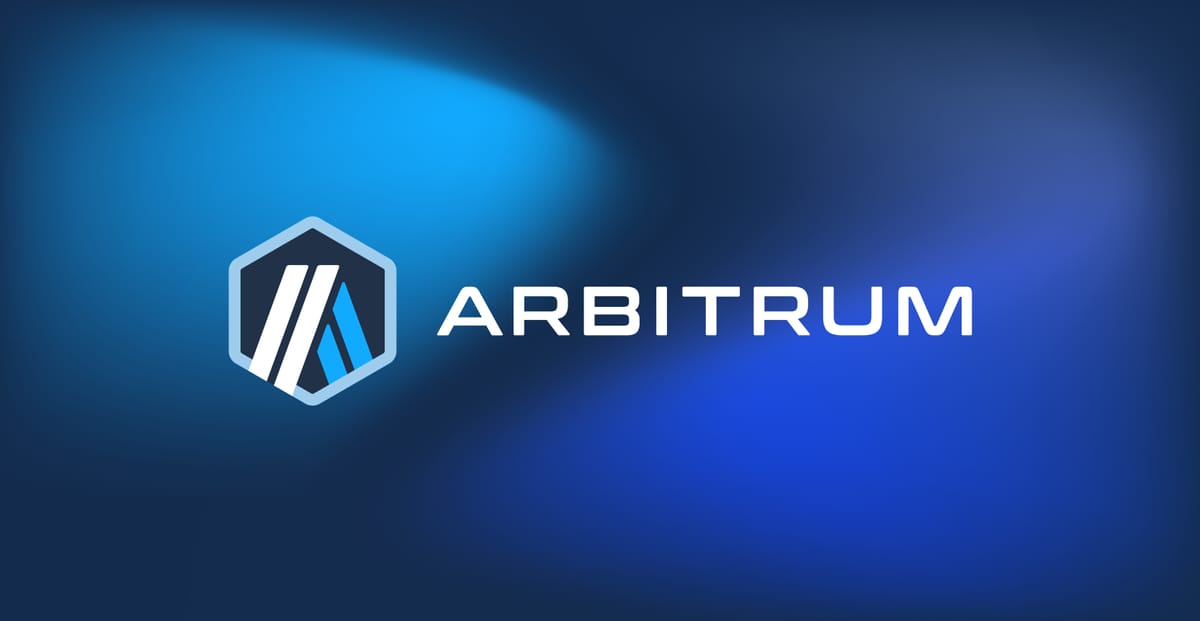Setting up your wallet on Arbitrum

To unlock the benefits of using cryptocurrencies, it is essential to have an onchain crypto wallet. A wallet is a software application or hardware device that enables users to store, send and receive cryptocurrencies.
Wallets are the digital gateway to using blockchain. Similar to having a bank account with a bank account number, a wallet creates a unique address where users can manage their assets and ensure that their cryptographic keys can be used to secure transactions.
Various wallets are compatible with Arbitrum One, including MetaMask, Ledger, Rabby and OKX Wallet as well as many others. To begin interacting with one of the 900+ applications in the Arbitrum ecosystem, below is a step-by-step guide to help set up a wallet.
Step 1: Choose and Set Up a Wallet
As mentioned previously, various wallets are compatible with Arbitrum One. You can choose from several types of crypto wallets, each with its own set of distinct features. Depending on how you want to interact with the blockchain, you can choose the wallet that best suits your needs.
- Non-Custodial Software wallets: Software wallets, also known as “hot wallets,” connect to the internet and are ideal for everyday transactions. Due to their online nature, they are convenient but considered less secure than cold wallets. The downside of these wallets is that if you lose your seedphrase or password, you may not be able to recover or reset them.
- Hardware wallets: Hardware wallets, or cold wallets, are physical devices that store your private keys offline. They are more secure than online hot wallets and suitable for long-term storage of large amounts of cryptocurrencies.
- Paper wallet: A paper wallet is a physical copy of your wallet’s private and public keys. While extremely secure from hacking, they are vulnerable to physical damage or loss.
- Custodial Wallets: Provided by centralized exchanges, custodial wallets hold your private keys for you. While convenient for beginners, they rely on the exchange's security, and you don’t have complete control over your funds. One of the conveniences of custodial wallets is that if you forget your credentials, they can be reset easily.
For this guide, we’ll use software wallets as an example. First, download your software wallet from its official website or app store. Most software wallets can be installed as a browser extension. Once that is installed, create the wallets, then follow the prompts to set up a secure password and generate a secret recovery phrase (also known as a seed phrase.) Your secret phrase is crucial for recovering your wallet if you lose access, so store this phrase in a safe, offline location. Once your wallet is set up, you can access your dashboard, which will show your account.
Step 2: Add Arbitrum to Your Wallet
Depending on your wallet software, the default network will vary. Most software wallets do not automatically have Arbitrum as a network, so you must add it manually. Most software wallets will allow you to add new networks. To use Arbitrum One, you must select Arbitrum One from your network list.
Step 3: Fund Your Wallet
To interact with Arbitrum, you’ll need ETH on Arbitrum in your wallet to pay transaction fees (gas). You can transfer ETH to Arbitrum by using the Arbitrum Bridge. Connect your wallet to the bridge, and follow the instructions to deposit ETH from Ethereum Mainnet to Arbitrum One.
Be sure to also keep some ETH on Ethereum Mainnet for bridging fees. Alternatively, if you are using a noncustodial wallet, such as Binance or Coinbase, it may support direct withdrawals to Arbitrum, allowing you to bypass the bridging process.
Step 4: Start Using Your Wallet on Arbitrum
You can begin exploring its ecosystem once your wallet is funded and connected to Arbitrum. You can use decentralized applications (dApps) like Uniswap or GMX, send and receive tokens on the Arbitrum network, or track your activity using Arbiscan, a block explorer for Arbitrum.
Step 5: Keep Your Wallet Secure
Security is paramount when managing cryptocurrencies. Always back up your seed phrase in a secure location. Consider using a hardware wallet for protection, especially if you hold significant funds. Update your wallet software regularly, and beware of phishing attempts, as scammers often mimic official wallet interfaces. Also be aware of many scams where criminals create fake airdrop and other sites to gain access to your assets.
